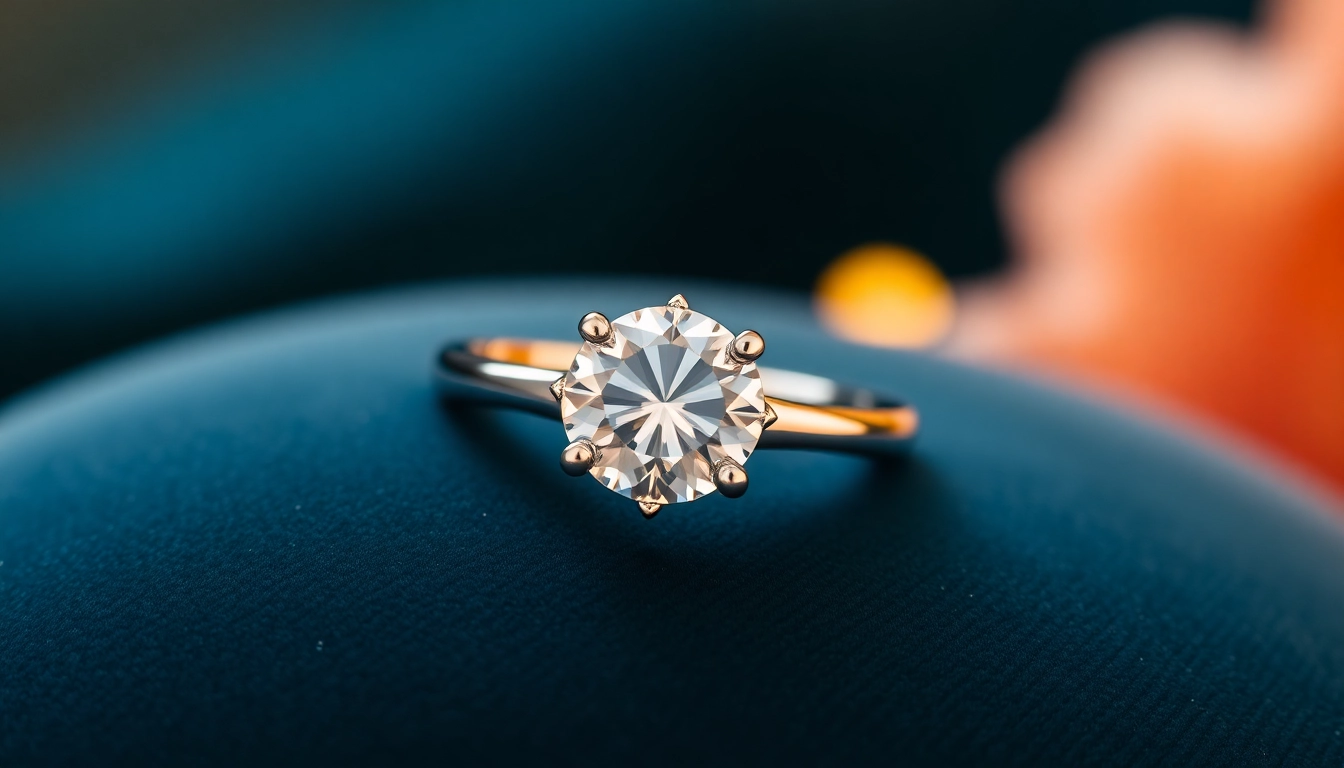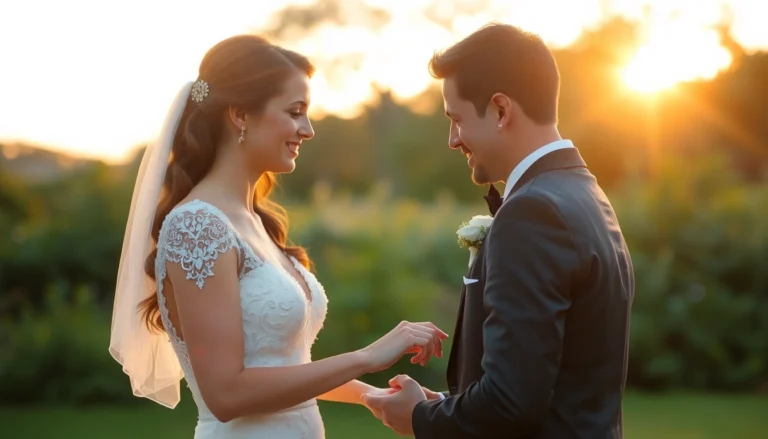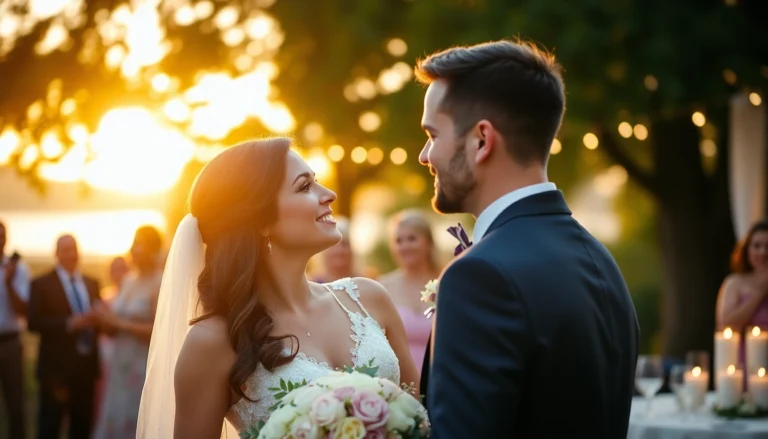Understanding the Fundamentals of Classic Engagement Rings
History and Significance of Classic Engagement Rings
Since ancient times, engagement rings have symbolized love, commitment, and the promise of a shared future. Historically, the tradition of exchanging rings can be traced back to the Roman Empire, where rings were seen as symbols of eternity and fidelity. The iconic design of the classic engagement ring, often featuring a central diamond, emerged in the 19th century and became a symbol of everlasting love and strength. Over the years, these rings have gained cultural significance across societies, representing not just love but also social status and new beginnings. Today, classic engagement rings remain the most sought-after choice for couples who value timeless elegance and enduring symbolism.
Key Features that Define a Classic Design
Classic engagement rings are distinguished by their simplicity, elegance, and symmetry. Typically, they feature a solitary gemstone—most often a diamond—set in a prong or bezel setting that highlights the stone’s brilliance. The design emphasizes clean lines and balanced proportions, ensuring the ring remains stylish through generations. Most classical rings are characterized by rounded shapes, symmetrical settings, and minimal adornments, allowing the central gemstone to be the star. Additional design features include a narrow band, smooth polished surfaces, and a focus on high-quality craftsmanship. Such characteristics ensure that a classic ring exudes timeless appeal and adaptability to various personal styles.
Materials and Metals Used in Traditional Rings
Precious metals are the foundation of classic engagement rings, with gold, platinum, and white gold being the most popular choices. Gold is the traditional material, available in 14K or 18K purity, offering durability and rich color options—yellow, white, or rose. Platinum is favored for its strength, hypoallergenic properties, and modern silvery appearance. White gold provides a similar look to platinum but at a more accessible price point, often coated with rhodium to enhance its shine. The choice of material impacts the ring’s durability, maintenance needs, and overall aesthetic. For instance, platinum’s dense composition makes it very resistant to scratching, ideal for everyday wear, while yellow gold’s warm tone offers a classic look with historical roots.
Choosing the Perfect Classic Engagement Ring
Diamond Cuts and Their Impact on Style
The cut of a diamond profoundly influences its brilliance and overall appearance. The round brilliant cut remains quintessential for classic rings, optimized for maximum sparkle through 58 facets, allowing light to reflect beautifully. Other cuts, such as princess, cushion, and emerald, offer unique perspectives: princess cut provides a modern, sharp-edged look; cushion has a softer, romantic appeal; emerald emphasizes clarity with its step-cut facets. When selecting a diamond, consider the cut’s ability to showcase the stone’s fire and scintillation, aligning with a timeless yet personalized style. For those seeking the epitome of classic elegance, round brilliant remains the most popular choice, admired for its unmatched radiance and versatility.
Selecting the Right Metal and Setting
The choice of metal complements the diamond’s brilliance and aligns with personal style. Yellow gold exudes warmth and vintage charm, suitable for traditional tastes. White gold and platinum offer a sleek, contemporary look emphasizing the diamond’s fire. Rose gold, increasingly popular, lends a romantic feel and subtle uniqueness. The setting style also enhances the overall design: prong settings elevate the diamond, giving it prominence; bezel settings provide a sleek outline, offering greater protection; and channel settings are perfect for accentuating a band with smaller stones. Balancing durability with aesthetic preferences ensures a classic ring remains functional and stunning for a lifetime.
Matching the Ring to Personal and Lifestyle Preferences
Choosing a classic engagement ring involves considering daily wear and lifestyle. For active individuals or those with hands-on professions, durability is paramount—platinum or 14K gold with secure settings is recommended. Conversely, if elegance takes precedence, finer details and higher karat gold may be ideal. Additionally, personal style influences choice: minimalist lovers often prefer plain bands with solitaire diamonds, while those favoring more detail might opt for intricate milgrain accents or vintage-inspired designs. Ultimately, the ideal ring must reflect not only aesthetic preference but also practical considerations, ensuring it endures daily life while continually symbolizing everlasting love.
Design Variations and Customization Options
Popular Styles of Classic Engagement Rings
Within the realm of classic design, several styles remain consistently popular. The solitaire ring, featuring a single diamond on a plain band, epitomizes minimalist elegance and allows maximum focus on the central gemstone. The three-stone ring symbolizes the past, present, and future of a relationship, adding meaningful depth to the classic silhouette. Halo settings encircle the center stone with smaller diamonds, enhancing visual size and sparkle while maintaining timeless appeal. Additionally, tapered bands and vintage-inspired milgrain details offer variations that blend classic charm with personal touches. These versatile styles suit various tastes, ensuring that each couple finds a design that resonates with their unique love story.
Adding Personal Touches Through Custom Elements
Personalization transforms an ordinary classic engagement ring into a meaningful keepsake. Custom touches include engraving, which can incorporate dates, initials, or special phrases inside the band. Selecting a unique diamond shape or a rare metal adds character and exclusivity. Incorporating birthstones or meaningful gemstones alongside the main diamond can symbolize personal story elements. Additionally, adjusting proportions—such as a larger central stone or a thinner band—tailors the ring to individual preferences. Modern technologies like 3D visualization allow clients to preview their custom designs, ensuring the final piece aligns perfectly with their vision and making the process engaging and satisfying.
Innovative Trends Rooted in Classic Elegance
While classic engagement rings emphasize tradition, emerging trends include subtle innovations that enhance timeless appeal. Incorporating milgrain detailing and intricate engraving remains popular, giving rings a vintage edge. Alternatively, delicate halos with bow or floral motifs subtly modernize the classic look. Colored accents—such as subtle hints of pink or blue—add a personalized touch without compromising the ring’s elegant silhouette. Moreover, advances in gemstone cutting and treatment allow for more vibrant and ethically sourced diamonds and gemstones, making classic rings both beautiful and responsible. Overall, these trends reinforce that classic design can evolve while retaining its essential elegance, appealing to modern couples seeking enduring beauty with a personal twist.
Pros and Cons of Investing in Classic Engagement Rings
Timeless Appeal and Resale Value
Classic engagement rings boast enduring appeal, often appreciating in value over time, especially when crafted from high-quality metals and certified diamonds. Their timeless design ensures they remain stylish through changing fashion trends, making them a safe investment. The sentimental and cultural significance also enhances their value, giving them a dual role as precious heirlooms and financial assets. Many renowned jewelers report that well-maintained classic rings retain or increase value, serving as an important financial and emotional investment for couples looking for stability and lasting beauty.
Maintenance and Durability Considerations
Durability depends heavily on the choice of metal and setting. Platinum and 18K gold are resistant to scratches and tarnish, though regular cleaning is recommended to maintain their shine. Diamond settings must be checked periodically to ensure stones are secure, especially for busy individuals. Routine professional inspections help prevent loss or damage. Additionally, proper storage—such as in soft pouches or dedicated jewelry boxes—preserves their condition. While classic designs are robust, understanding and adhering to maintenance guidelines ensures these heirloom-quality rings remain pristine over a lifetime.
Financial Investment and Market Stability
Investing in a classic engagement ring, especially with certified high-quality diamonds, offers stability in the volatile jewelry market. Premium natural diamonds tend to retain value and sometimes appreciate, particularly rare cuts or ethically sourced stones. Transparent market standards and certifications, such as GIA or IGI, bolster confidence in the value of your purchase. Moreover, choosing established jewelers with a reputation for quality guarantees authenticity and resale potential, making a classic ring both a personal and financial asset.
Guidelines for Caring and Maintaining Your Ring
Proper Cleaning and Storage Practices
Maintaining your classic engagement ring’s brilliance involves gentle cleaning with a soft brush, warm water, and mild soap. Avoid harsh chemicals that can damage metal and gemstones. Professional cleaning every 6 to 12 months ensures optimal sparkle. For storage, keep the ring in a soft cloth pouch or dedicated jewelry box separate from other pieces to prevent scratches. Removing the ring during activities such as cleaning, gardening, or exercising minimizes risk of damage and prolongs its life.
Professional Inspection and Repairs
Regular inspections by a qualified jeweler are essential to detect loose stones, worn prongs, or metal fatigue. Prompt repairs—such as re-tipping prongs, resetting stones, or polishing—prevent loss and preserve the ring’s integrity. Maintaining documentation of appraisals and certifications can also support future resale or insurance claims. Following professional advice ensures the longevity of your investment, retaining both its beauty and value over the years.
Long-Term Preservation for Future Generations
Proper care involves not only cleaning and repairs but also insuring the ring against theft or damage. Consider periodic appraisals to monitor its market value. Educating yourself on proper handling and avoiding unnecessary exposure to chemicals or physical shocks helps preserve its condition. When stored carefully and maintained regularly, a well-crafted classic engagement ring can become a treasured family heirloom, passing through generations with its sentimental and monetary worth intact.





